
Thousands of smaller businesses in England are set to benefit from £20 million of new government funding to help them…

Thousands of smaller businesses in England are set to benefit from £20 million of new government funding to help them…
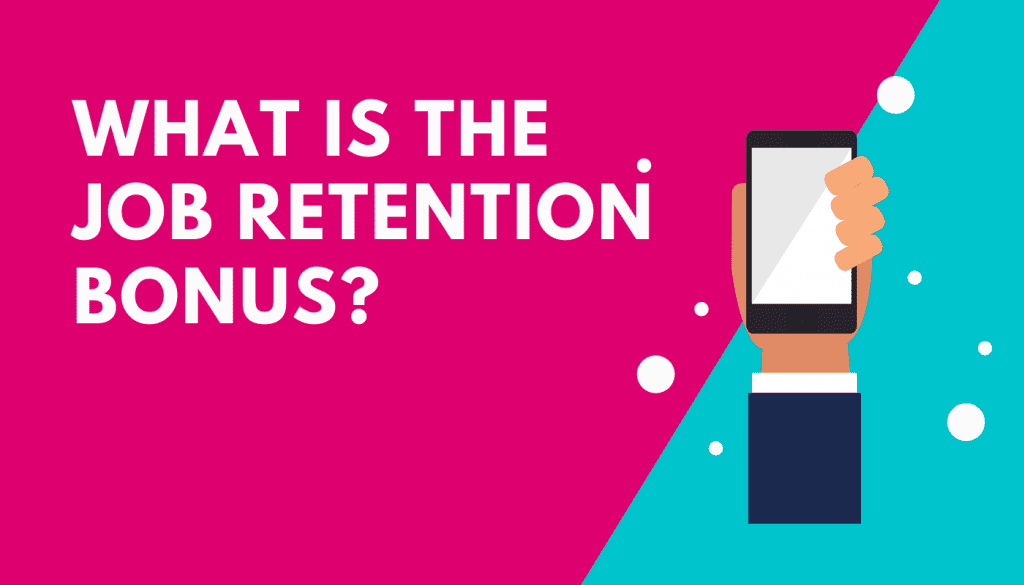
Employers will be able to claim a one-off payment of £1,000 for every employee they have previously received a grant…
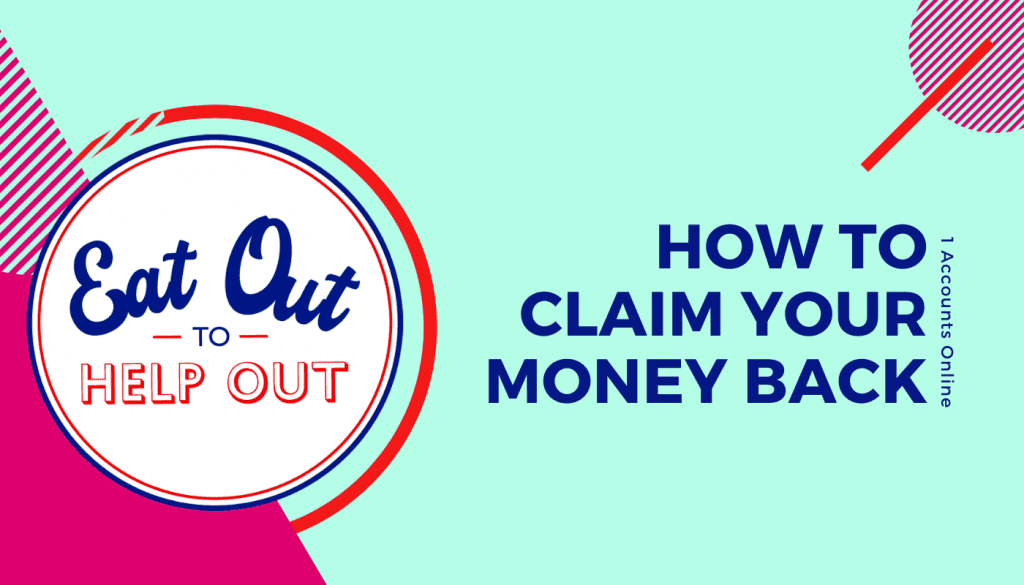
The Government has announced details on how to claim the reimbursement for discounts given to diners with the Eat Out…
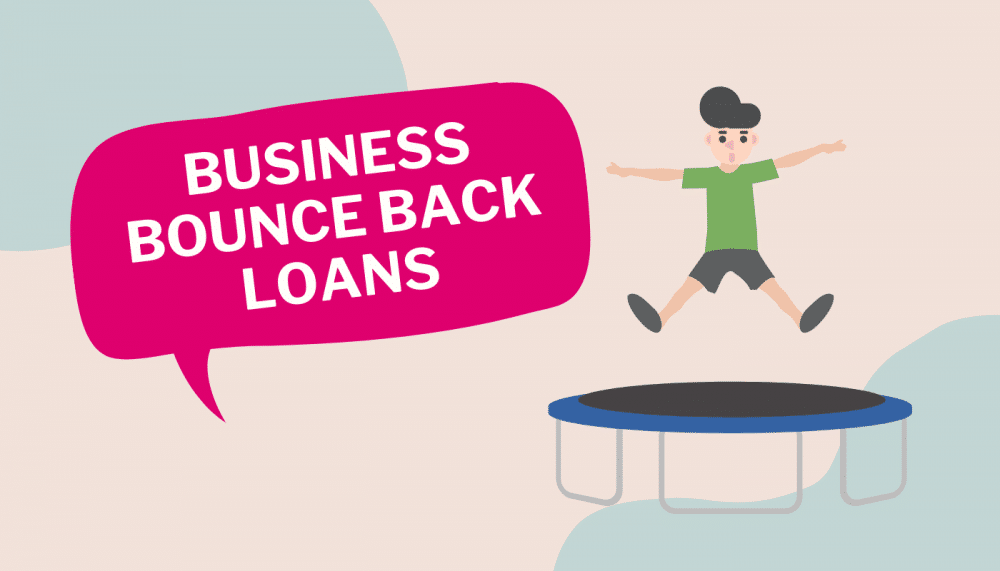
Business Bounce Back Loans – what are they and should you apply for one? Since the scheme launched in May…

Boris Johnson announces grants for Electric Bikes, but are they a good idea for small business owners? Bikes (including E-bikes)…
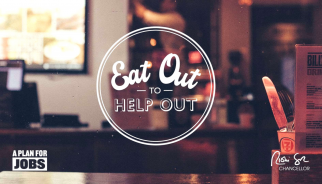
Restaurants and other establishments serving food for on-premises consumption can now sign up to a new government initiative aimed at…

CORONAVIRUS JOB RETENTION SCHEME (CJRS) UPDATE. From 1st July “Flexible Furlough” was introduced and the calculations and time recording of…
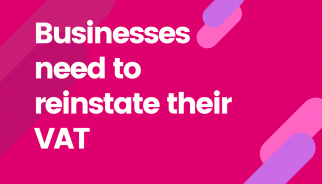
The deferral of VAT payments due to coronavirus comes to an end on 30 June and businesses need to take…

What’s Going On Now? As time goes on it is getting harder and harder to keep track of all the…

Sole Traders to get second grant from the Government. The government’s Self-Employment Income Support Scheme will be extended, giving more…